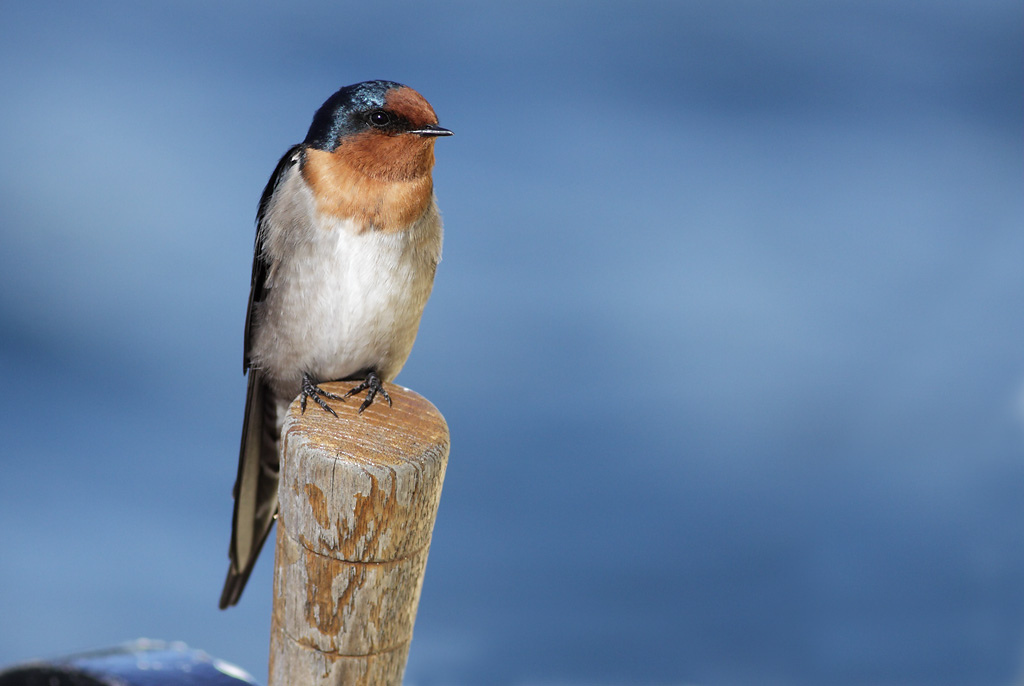Size
About 15 cm long (to the tip of the tail)
Behaviour
Call
A mixture of twittering and soft warbling notes, with a sharp alarm whistle.
Diet
A range of insects which it catches on the wing. Welcome Swallows feed in large flocks when there are many insects around.
Flight
Swift and undulating.
Breeding
Readily breeds close to human habitation. Its nest is an open cup of mud and grass, made by both the male and female. It is attached to a vertical structure, such as a rock wall or building, and is lined with feathers and fur. The female lays three to five eggs and she incubates them, although both parents feed the young birds. There are often two broods in a season.
Field Guide
Improve your identification skills. Download your Welcome Swallow field guide here!





